Southwest Michigan field crops update – August 7, 2025
Temperatures cooled over the past weekend. Soybeans and corn are in early seed development stages.

Weather
Although we didn’t receive any precipitation over the past week, the cooler temperatures over the weekend, especially at night, brought some relief to crops and producers. Temperatures began to climb again, however, and by this weekend they are expected to reach the 90s. Storms will bring a chance for precipitation early next week.
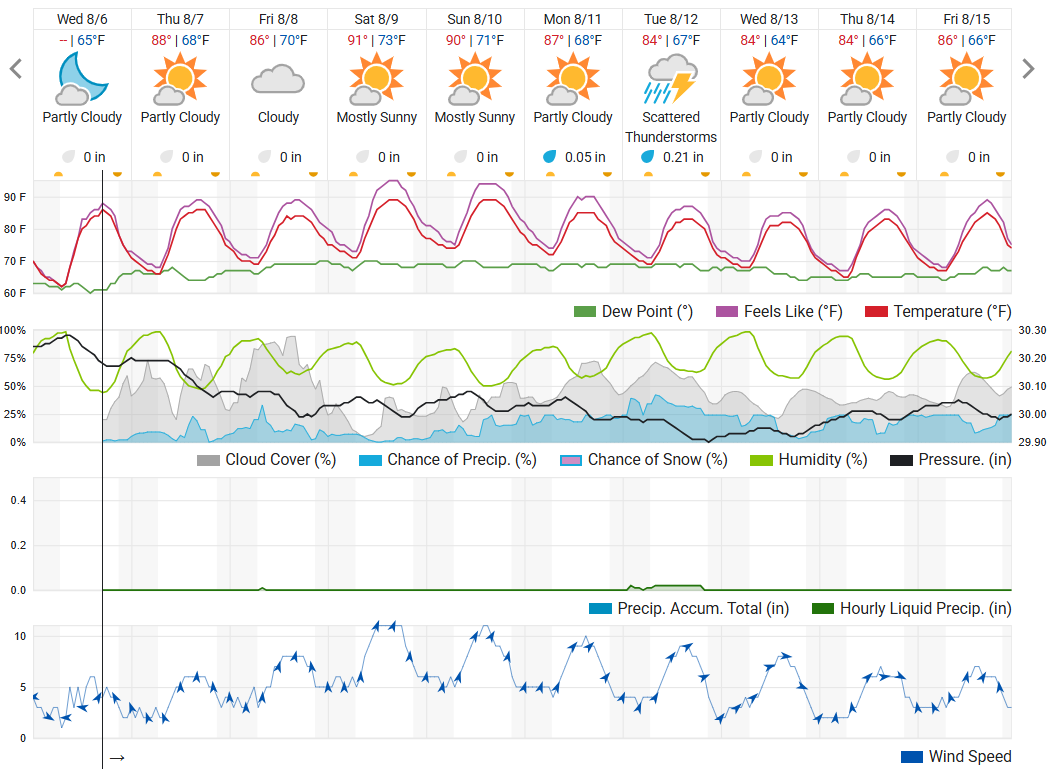
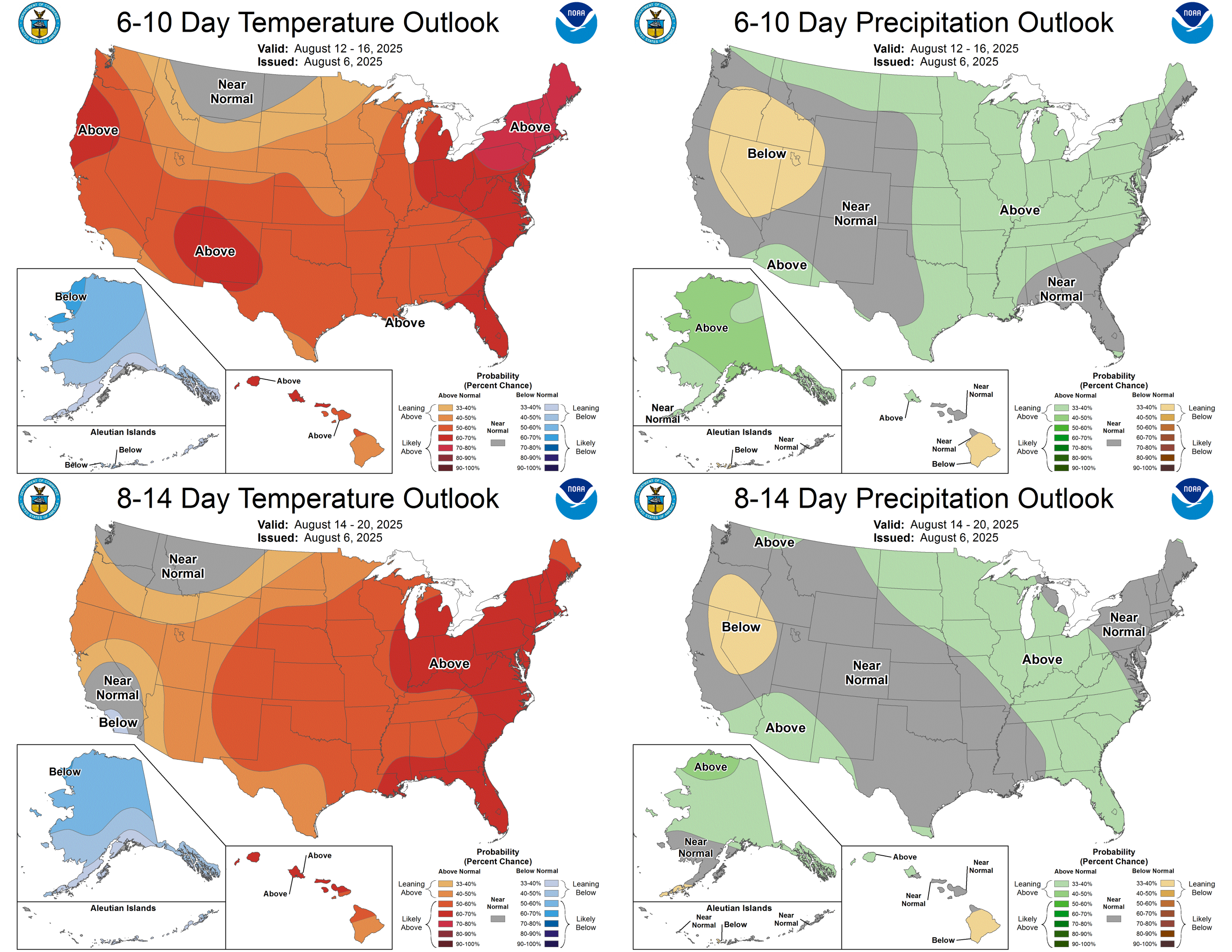
Crops and pests
Soybeans are in early pod production to early seed fill stages. Most fields are approaching growth stage R5. R5 is when the seed of a pod on the fourth node down on the main stem is 1/8” long. R5 lasts for several weeks as the seed slowly fills the pod cavity. Symptoms of white mold infection will start to be visible soon.
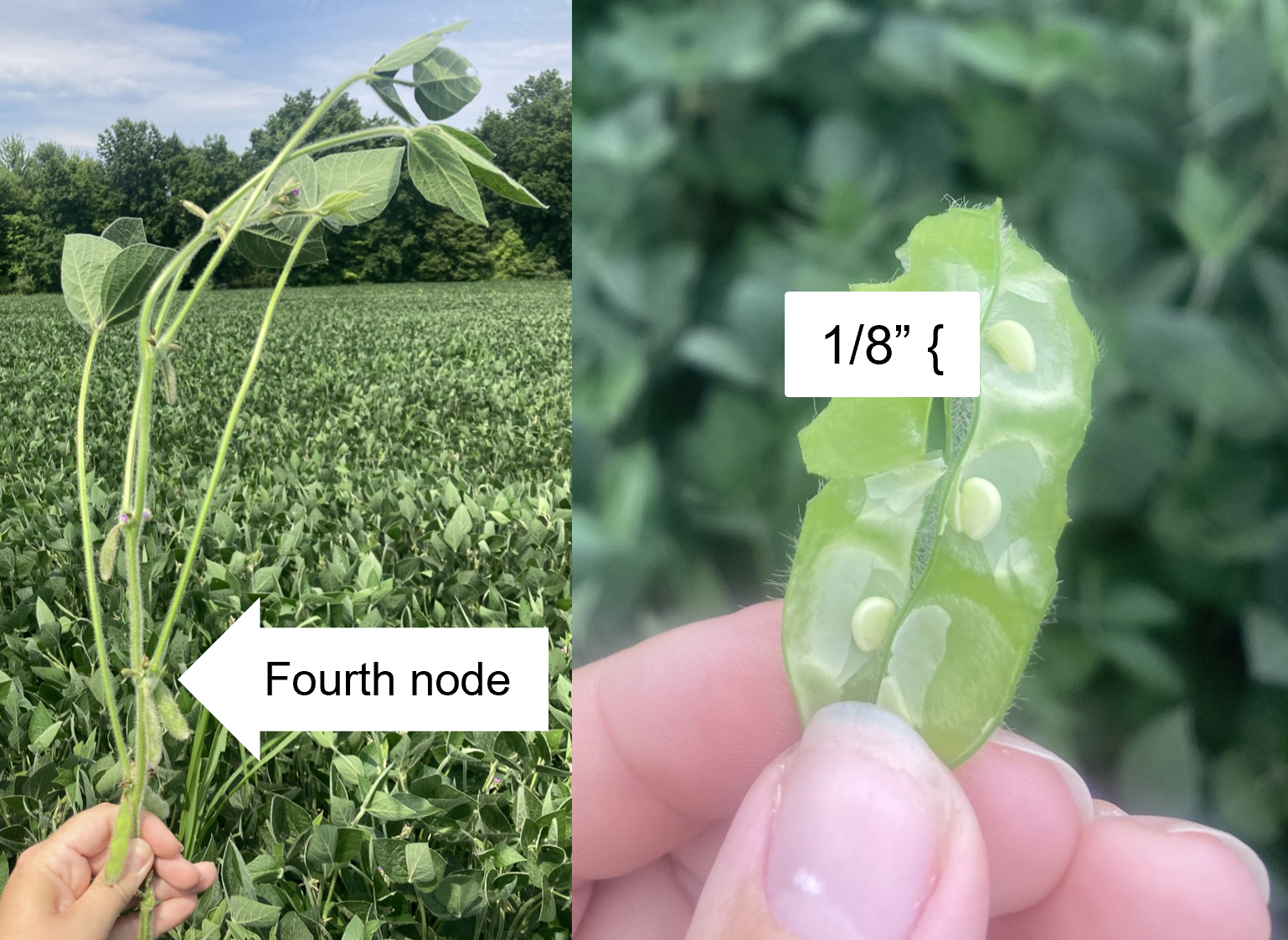
Corn is at ear development stages. By now, most fields have finished pollinating. Seed corn detasseling continued in some fields while others completed pollination, and male row destruction began. At R2, kernels are white and filled with clear liquid. Poor pollination starts to become visually distinguishable. Stress from high temperatures and especially from insufficient soil moisture can greatly impact pollination. Cloudy, drizzly weather can also reduce pollen shed and result in uneven pollination. R3 is the milk stage, at which point the kernels are mostly yellow and filled with milky white liquid.
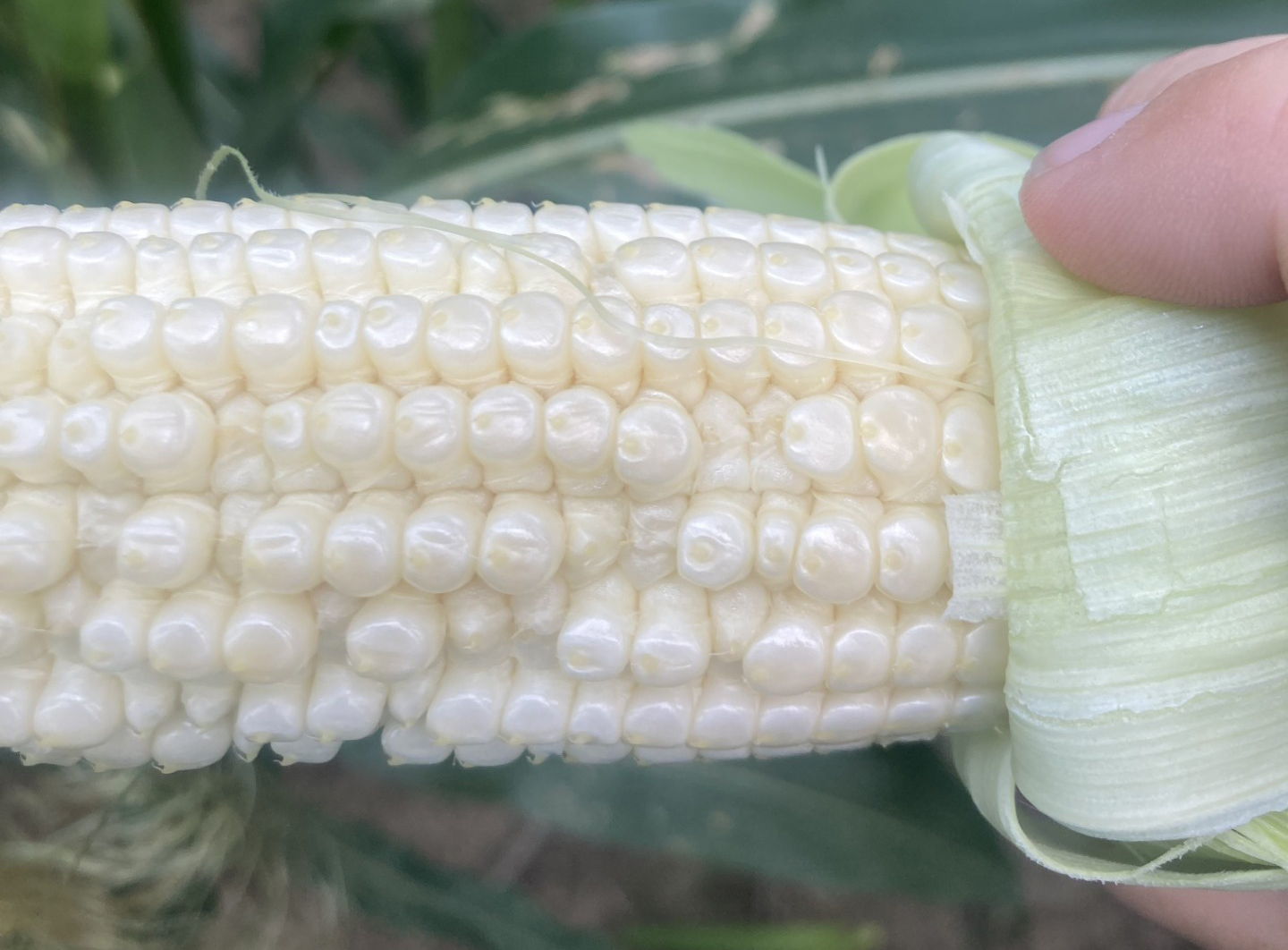
Tar spot is present in most of the counties in southwest Michigan. However, confirmation in the county does not mean it is present in your fields, so continue to scout and respond appropriately. The Crop Protection Network Tar Spot of Corn Map contains a helpful table for determining if a tar spot fungicide application is beneficial at various crop stages. When scouting, pay special attention to wet areas of the field or field edges along tree lines that would have prolonged leaf wetness
Western bean cutworm moth flights have been low, with peak flight occurring the week of July 14-21. Corn that is freshly tasseled or close to tasseling is most attractive to western bean cutworm moths. At this point in the season, most fields are out of the window of concern for western bean cutworm.
Bucket traps in Berrien (near Niles) Branch (near Union City), St. Joseph (Centreville and Sturgis) and Van Buren (Paw Paw) counties have caught the following western bean cutworm moths:
|
Date |
Branch 1 |
Branch 2 |
Centreville |
Niles |
Paw Paw |
Sturgis |
|
7/14 |
0 |
1 |
3 |
7 |
8 |
15 |
Winter wheat harvest wrapped up, and many fields have been planted with cover crops or double-crop soybeans by now. Variety selection and small batch seed treatment for the upcoming crop will start soon or may have already started.
Fresh crop chip potato harvest continued, and vine kill increased over the past week. Cool temperatures over the past week were conducive to late blight development, but as canopies are senescing and opening up, infection becomes less likely. Prioritize scouting for late blight around wet spots and along field edges, especially for tree lines where fungicide canopy coverage may be poor.
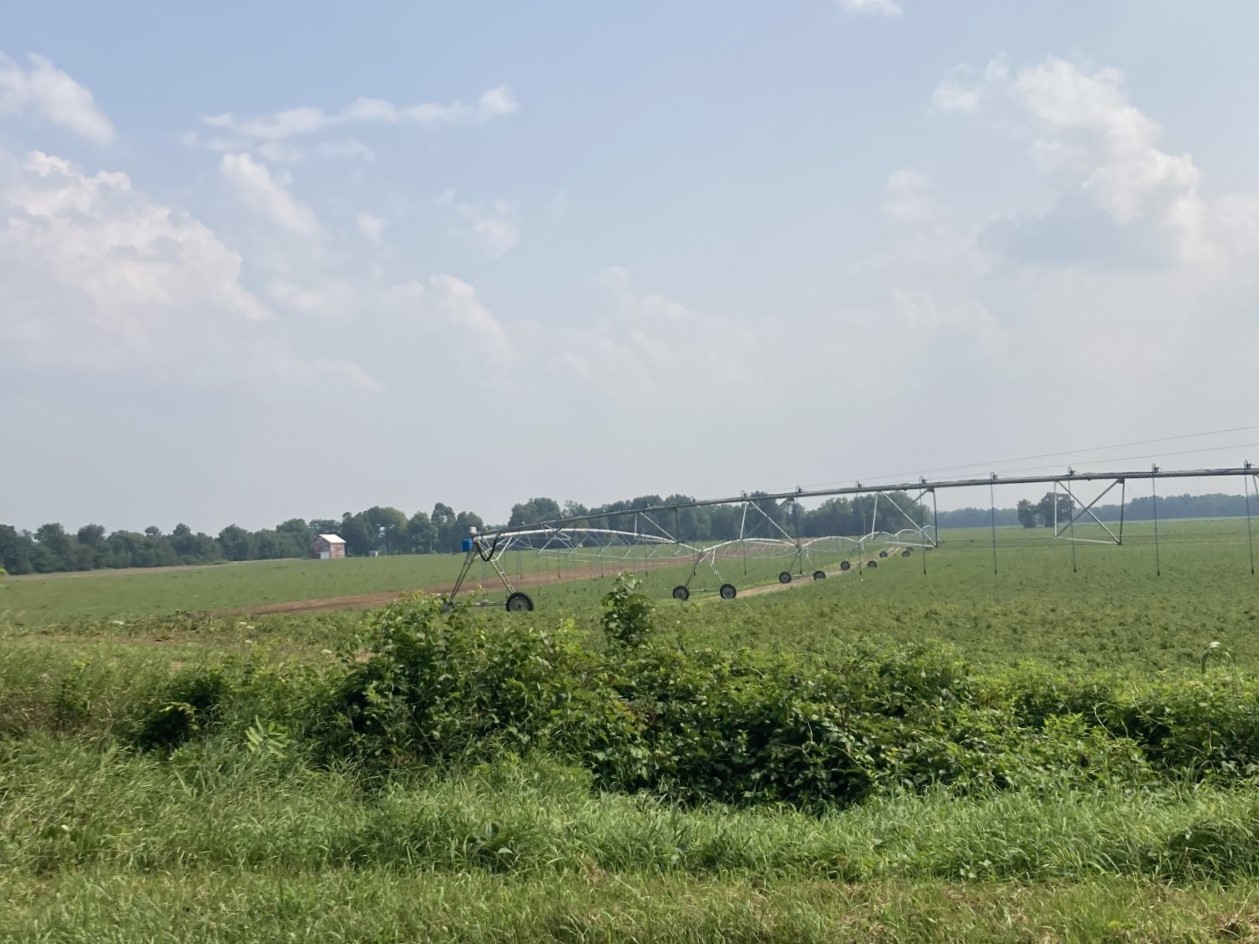
Alfalfa and forages continued at variable stages of growth. Many fields were cut and baled over the past week due to the dry weather.
Weekly water use
Crop water use increased this week compared to last week due to rising temperatures. In southwest Michigan, irrigation is actively being used to meet the water demands of both corn and soybeans; especially now during their critical growth stages and dry spells.
Corn is at the R3 stage (milk stage/early grain fill), which is still a critical period for water. However, water use will begin to decline at full dent. Soybeans are most sensitive to water stress between the R3 and R6 stages (from pod development through seed fill). Look for signs of stress or disease pressure to adapt your irrigation strategies. To reduce the risk of disease caused by constant leaf wetness, Michigan State University Extension recommends applying larger amounts of water less frequently rather than applying small amounts more often. Irrigation Scheduling Tools can help estimate crop water needs and decide timing and application.
Estimated weekly crop water use for field crops in Michigan (inches/week) for the week of Aug. 4-10.
| Crop | Growth stage | Constantine | Entrican | Hart |
|---|---|---|---|---|
| Reference ET | 1.34 | 1.31 | 1.29 | |
| Corn | V14 | 1.47 | 1.44 | 1.42 |
| Corn | VT, Silk, Blister, Dough, Begin Dent | 1.47 | 1.44 | 1.42 |
| Corn | Full dent | 1.34 | 1.31 | 1.29 |
| Soybeans | R2 Full Bloom | 1.47 | 1.44 | 1.42 |
| Soybeans | R3 Begin Pod / R4 Full pod | 1.47 | 1.44 | 1.42 |
| Soybeans | R5 Begin seed / Full seed | 1.47 | 1.44 | 1.42 |
The table above presents estimated crop water use for various field crops across three locations in Michigan. This data helps irrigation management decisions by showcasing potential crop evapotranspiration, calculated based on reference evapotranspiration and crop coefficients for each crop growth stage. It is crucial to note that crop water use values vary across regions due to differences in weather conditions, growth stages, agronomic practices and soil properties.
When using these values for irrigation scheduling, be mindful that they assume all applied irrigation water will be utilized by the plants without any loss. Additionally, these values do not account for any precipitation that may occur during the week of calculation.
Reference evapotranspiration data was obtained from Michigan State University Enviroweather, which also offers a model for determining potential crop evapotranspiration. To access this tool, visit Enviroweather, click on "Crops," select your crop and use the potential evapotranspiration tool by choosing your nearest weather station, the latest date of interest and other crop information.
Field Crops Virtual Breakfast Series
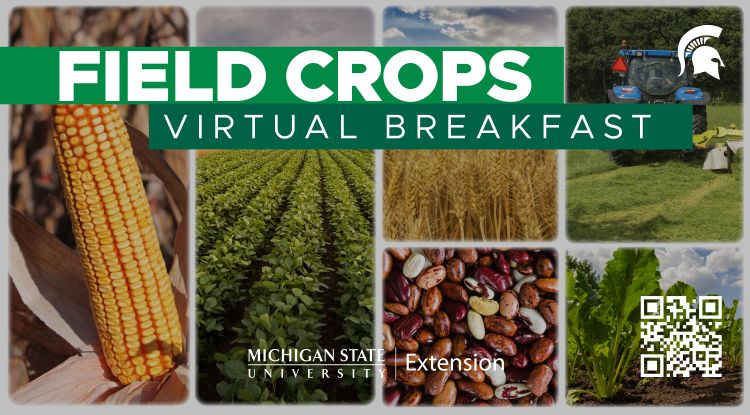.jpg?language_id=1)
Drone use in field crops, presented by Mike Reinke, MSU Extension viticulture specialist, was the topic for the MSU Extension Field Crops Virtual Breakfast this week. Drone technology is a hot topic in agriculture. While drones can be helpful tools, there are some limitations to be aware of.
Recordings of this and all the Virtual Breakfast meetings are closed-captioned and available at the Field Crops Virtual Breakfast webpage and the MSU Extension Field Crops Team social media platforms: Facebook, Spotify, YouTube, Apple Podcasts and Twitter/X.
This work is supported by the Crop Protection and Pest Management Program [grant no 2024-70006-43569] from the USDA National Institute of Food and Agriculture. Any opinions, findings, conclusions, or recommendations expressed in this publication are those of the author(s) and do not necessarily reflect the view of the U.S. Department of Agriculture.



 Print
Print Email
Email